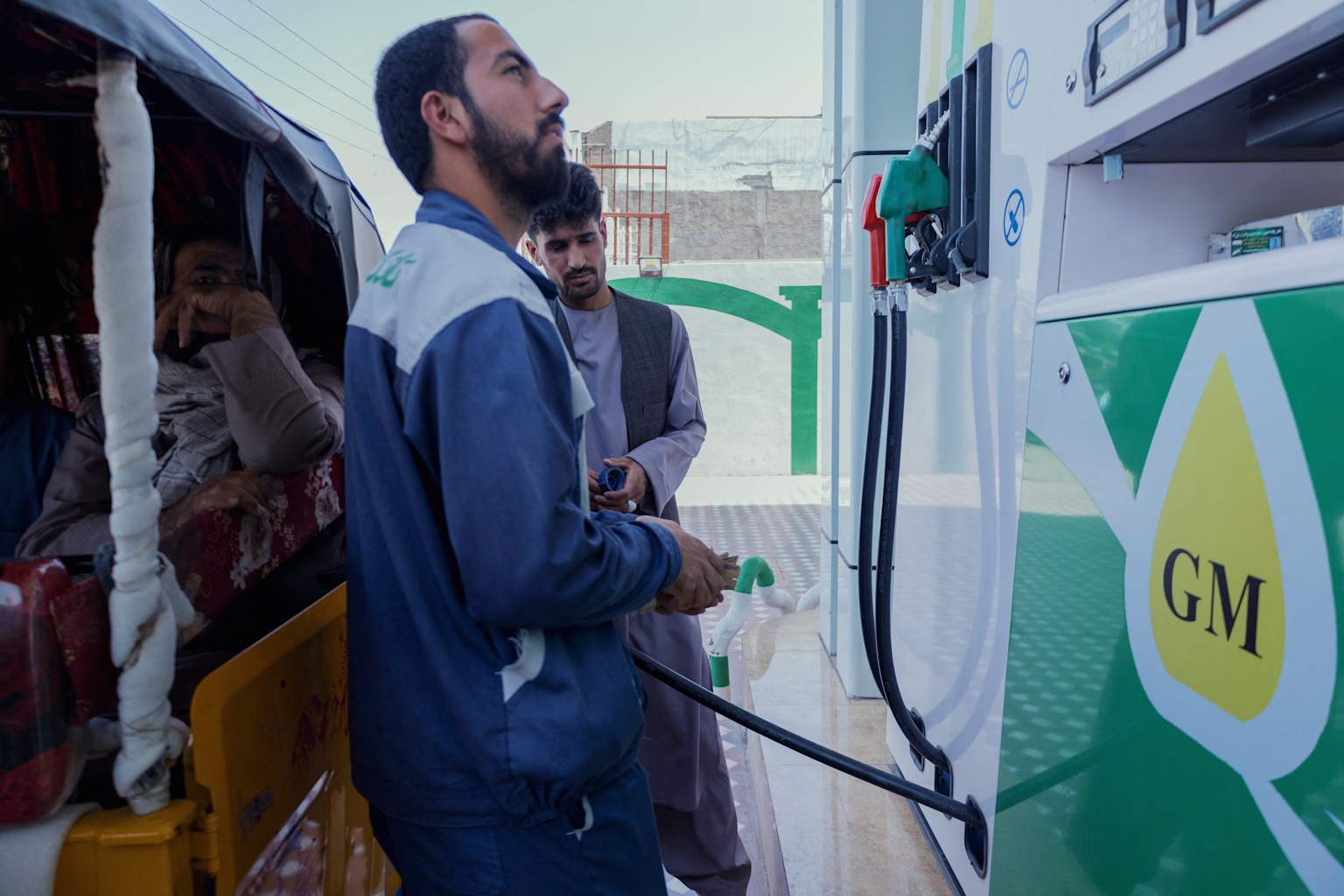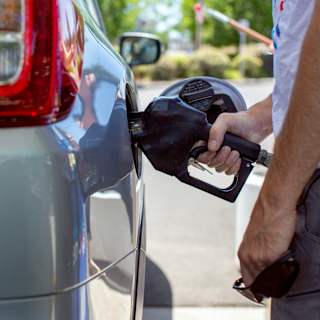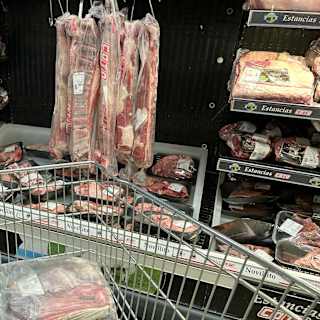- Fuel Costs Plummet on Global Supply Shifts
- Food Prices Present Mixed Signals
- Travel Surge Expected
Americans heading into the July 4 holiday weekend will find relief at gas pumps nationwide, with fuel prices dropping to their lowest Independence Day levels since 2021, even as grocery bills present a more complex picture of mixed savings and continued inflation.
Gas prices are projected to fall to $3.15 per gallon on July 4, down nearly 35 cents from last year's holiday average of $3.49, according to GasBuddy's latest forecast. The decline represents the third consecutive year of July 4 gas price drops, offering consumers over $500 million in savings during the four-day holiday weekend compared to 2024.

The dramatic drop in gas prices stems from cooling Middle East geopolitical tensions and increased oil production from OPEC in recent months1. Crude oil prices have fallen to four-year lows, with West Texas Intermediate trading around $62.85 per barrel2.
"With tensions in the Middle East cooling off after a few weeks of volatility, consumers planning to hit the road for the Independence Day weekend will see gasoline prices falling in the run-up to July 4 nearly coast to coast," said Patrick De Haan, head of petroleum analysis at GasBuddy1.
The Energy Information Administration projects gasoline prices will average $3.14 per gallon over the second and third quarters of 2025, down 9% from the same period last year3. Current national averages hover around $3.18, with some regional variations—Illinois averaging $3.36 while Iowa sits at $2.924.
While motorists celebrate at the pump, grocery aisles tell a more nuanced story. The USDA Economic Research Service predicts overall food prices will increase 2.9% in 2025, with grocery prices rising 2.2% and restaurant prices climbing 3.9%1.
However, some categories offer relief. Fresh vegetable prices are predicted to decrease 2.5% this year, including notable drops in tomato and lettuce costs1. Egg prices fell 2.7% in May after months of avian flu-related volatility2.
The American Farm Bureau Federation's annual July 4 cookout survey shows the national average cost for feeding 10 people stands at $70.92, representing the second-highest cost since the survey began in 20133. California residents face steeper costs at $90.06 for the same gathering3.
AAA projects 61.6 million people will travel by car during the July 4 weekend, a 2.2% increase over last year and the highest volume on record1. The combination of lower fuel costs and peak summer travel season creates favorable conditions for what transportation officials expect to be the busiest roads in American history.
"Relief could continue as the holiday weekend approaches," De Haan noted, suggesting the national average could fall below $3 per gallon later this summer2.



